The article is based on LEGO SWOT analysis, which can be found in the Library, in CayenneApps SWOT application.
It was 2003 and the LEGO Group, one of the most famous toy producers in the world, was on the brink of a gigantic crisis. The company was producing more and more, but the losses were also growing — in 2004 losses reached a shocking level of $374 million.
Then, an interesting thing happened. A business consultant, Jørgen Vig Knudstorp became the CEO and focused the company again on its core value: a child’s dream of becoming a builder and constructing things. The loss was converted into a $281 million profit in 2006. Almost ten years later, in 2014, the Danish toymaker’s profit reached an outstanding number of almost $1 billion.
But will the company be on a roll forever? How does the company look now, in A.D. 2016? Check out the SWOT analysis for the LEGO Group and find out more about their strengths, weaknesses, opportunities and threats.
Powerful memories
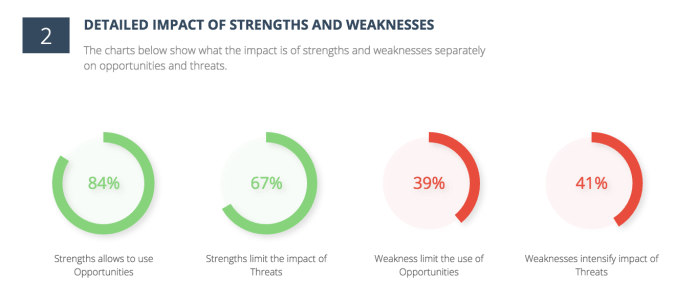
In the picture above, you can see which of the LEGO’s strengths have the biggest influence on their opportunities. With 36%, the LEGO brand is by far the most important strength, which allows the company to make use of their opportunities.
Indeed, the LEGO brand is powerful. Why? Mainly because it is built on powerful testimonials. One of them is mine. It was over a dozen years ago. I was a 10 year old boy and I remember clearly hours spent in front of a small shelf in a toy store, where all these small LEGO sets were displayed. Buying LEGO blocks with my mother was a celebration, a long-anticipated day, a magical moment to be remembered.
The ultimate power of the LEGO brand is obvious also to consulting firms. In the latest annual Global 500 Report, LEGO was named the world’s most powerful brand surpassing giants such as Ferrari or RedBull. Even though more expensive, LEGO blocks are perceived as more valuable and ‘cool’ than competitors’ products. People love LEGO.
Mainly because they are connected with beautiful and powerful memories. Customers like me, who are now in their 30s, played passionately with LEGO when they were children. Now, they are sharing this passion with their children. Playing with LEGO with a child brings back old memories and the consumption wheel keeps spinning.
Because of this, LEGO customers are also mostly loyal and engaged. The Danish company does not underestimate this, and tries to get the most from this engagement. In 2008, they launched a website called LEGO Cuusoo (now LEGO Ideas) which allows the customers to submit their own ideas for sets, which can later on be transformed to actual products. LEGO Cuusoo has allowed products such as LEGO Minecraft to be available commercially.
Concepts such as Ideas also drive innovation — the third most influential LEGO strength. The Danish company has always been known for their innovative and successful product ideas. LEGO has the impressive ability to transform the potential that is latent in popular culture. LEGO blocks can be used to build The Tower of Orthanc from Lord of the Rings or The Death Star known from The Star Wars series.
Beyond bricks
This connection to the popular culture is also one of the biggest opportunities for the company in the near future. In the picture below, you can see that one the most promising opportunities for LEGO are licensing agreements with different companies. Cooperation with popular brands can lure the youngest customers into wanting the product. The example of this type of licensing was mentioned earlier regarding Minecraft-related products.
Minecraft, produced by the Swedish company Mojang is a very popular video game recently bought for $2.5 billion by Microsoft. The biggest asset of Mojang is that it is loved by its customers. Direct competition with Minecraft could be difficult for LEGO, therefore the Danish toymaker decided to take a different approach. They joined forces with Mojang and developed sets based on the popular game. This is how they extended the experience of children from virtual reality to the real world. Children still love Minecraft, but because they love it they also want toys connected to it.
But LEGO wants to go beyond just adopting someone else’s ideas into their world. They want to expand their brand beyond toys…
In 2014, The LEGO Movie was released. It was the first theatrical movie ever released portraying LEGO toys and for sure it will not be the last one. The movie was funny, enjoyable and received universal acclaim. Michael Rechtshaffen wrote in The Hollywood Reporter that “arriving at a time when feature animation was looking and feeling mighty anemic…The LEGO Movie shows ’em how it’s done…”.
But positive reviews wouldn’t mean anything to LEGO without people going to the cinemas and buying Blu-ray items later on. The LEGO movie grossed almost $470 million worldwide, becoming the fifth highest grossing movie in the United States in 2014. It is not a surprise that a sequel is scheduled for a 2018 release, while two spin-off films are scheduled to be released in 2017. Many analysts think that such productions can be the real future of LEGO, and that it was mainly the LEGO Movie which bumped up LEGO as the most popular brand in 2015. Even though there might be more reasons for the increasing popularity, the movie industry is for sure one of the biggest opportunities for Danes.
Popular but limited
LEGO is going to the cinemas for a reason. The Danish corporation wants to engage in movie production to diversify its portfolio. LEGO is widely popular, but it still can be perceived as very limited. Focusing mostly on one line of products can be an advantage, but can also easily transform into a big weakness.
In the picture, you can see the chart which lists the weaknesses of LEGO with the biggest impact on their opportunities and threats. The first position is held by a limited selection of toys for a reason. Compared to competitors, the number of available LEGO products can be perceived as relatively small. Ultimately, Danish toymaker produces mostly plastic construction blocks.
On the one hand, this limitation relates directly to the customer base. Most of the LEGO customers are children between 5 and 12 years old. The potential is high, the market is large, but it is also finite. The older the customers get, the more their interest in LEGO products fall. When children grow up and become parents their interest increases again, but the gap between small children and grown-up parents is noticeable and it is now mainly filled by the video game industry.
On the other hand, a small selection of products drives prices, which are relatively high. This isn’t a problem in developed countries such as the United Kingdom or Australia where parents spend almost a $1,000 a year on toys for their children, but for parents in developing countries where the market is also promising the price for LEGO products can be too high.
Competition with many faces
The prices of the LEGO products can be particularly important when we look at them in light of the growing competition. In the past, the Danish company’s dominance was secured by trademarks and patents, but beginning in the early nineties when most of the important patents expired the company has been facing a flood of cheap imitators.
Companies such as Mega Bloks in Canada produce bricks which, on the one hand, are less durable and have lower quality, but, on the other hand, are compatible with Lego and still cheaper. Moreover, other companies producing mostly in developing countries can flood the market with counterfeit goods falsely branded as LEGO. Whether the threat is serious depends mainly on the customers, but from the parents’ point of view, investing more money in a toy which by its very definition can be later on thrown away can be easily perceived as a waste of money. Why should I bother buying LEGO if I can buy more blocks for the same price?
But other toy makers are not the only danger to LEGO’s position. Another important threat comes from a very different field — virtual reality. When I look at my nephews, I see children whose main recreation activity is spending time with noses in front of tablets. Games give them more freedom and allow their imagination to flourish more easily. They can be changed when children become bored. They can be easily replaced because they are cheaper.
A large LEGO Classic Creativity Box costs about $65, and allows children to build a medium-sized multicolor house. Using the same $65 we can buy 3 licences to Minecraft, a game mentioned above which allows players to build entire cities. Even though LEGO may try to use the hype connected with particular digital games as they did with Mojang (Minecraft original creators), the threat that digital entertainment will eventually take over the children’s market is real.
Summary
It is difficult to predict what type of future lies ahead for LEGO. Undoubtedly, they have many strengths and many opportunities, so the aggressive strategy is the best shot for now. But, on the other hand, many threats which do exist have not yet been dealt with by the company’s strategy.
Last summer when I visited my hometown, I looked at the shelf in my old room and saw a spaceship made from LEGO blocks standing next to various books. It was fascinating how quickly I connected these combined pieces of plastic with my happy childhood memories. The spaceship wasn’t a model designed by LEGO creators — it was a compilation of dozens of other sets put together by me as a symbol of my own creativity.
I have never seen a brand which is so powerful and which evokes such strong emotions. It is an asset which I believe cannot be overestimated. This very basic foundation of LEGO helped the company to overcome their biggest crisis ten years ago.
LEGO is now stronger than ever. The company’s profits are continually raising — however the times are also changing rapidly and the company should do the same by seeking the new opportunities.
The very same summer that I was in my hometown, my nephews were spending their vacation with their grandma. On the one hand, they didn’t play using my LEGO blocks, and they didn’t have their own. They played video games on their tablets and watched clips from Minecraft on YouTube. But, on the other hand, I truly believe that they would love the new LEGO Movie.
Maybe the future of LEGO will not be related to plastic blocks at all — what do you think? Share your thoughts in the comments section!
As usual, the full SWOT analysis for LEGO can be found in our Examples Library in CayenneApps SWOT. If you are interested in more examples of analyses for famous worldwide companies please check out our articles about Uber, Walmart, Tesla and Airbnb.

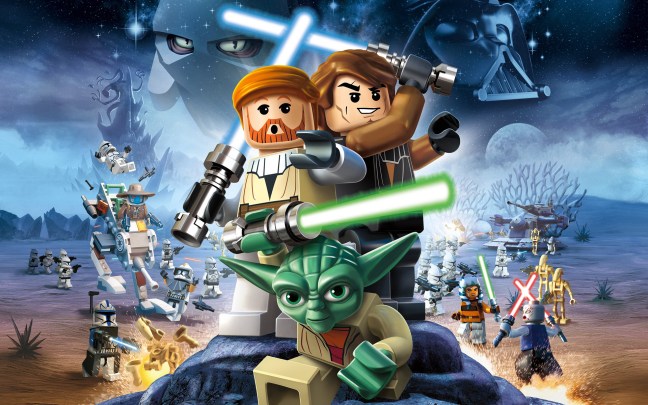
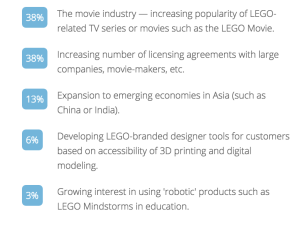
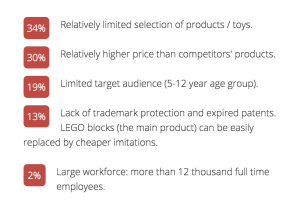
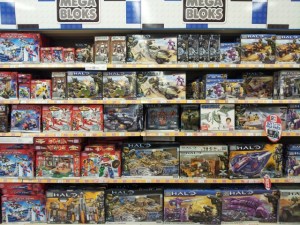
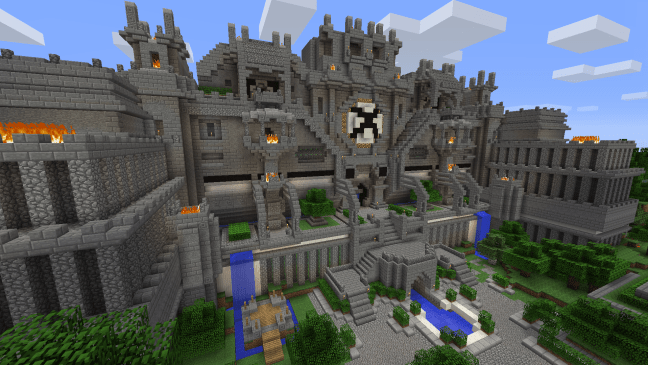
[…] LEGO Group – SWOT Analysis. (2015). Retrieved from https://www.cayenneapps.com/blog/2015/05/27/lego-group-swot-analysis/ […]
[…] LEGO Group – SWOT Analysis. (2015). Retrieved from https://www.cayenneapps.com/blog/2015/05/27/lego-group-swot-analysis/ […]
it was quiet helpful the information